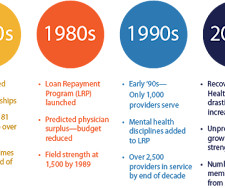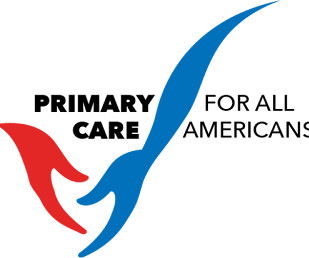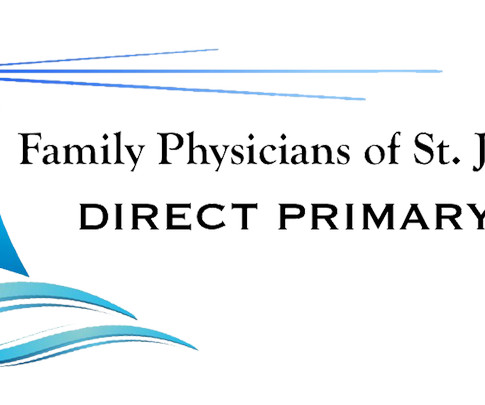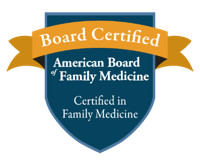Caring for the underserved: The National Health Service Corps
The Health Policy Exchange
JUNE 24, 2013
Fitzhugh Mullan advocated for a more expansive role for the NHSC in the 21st century, including options to practice community-oriented primary care, in urban hospitals, in public health, and in prison and international health settings. Kenny Lin, MD, MPH Director, Robert L.












Let's personalize your content